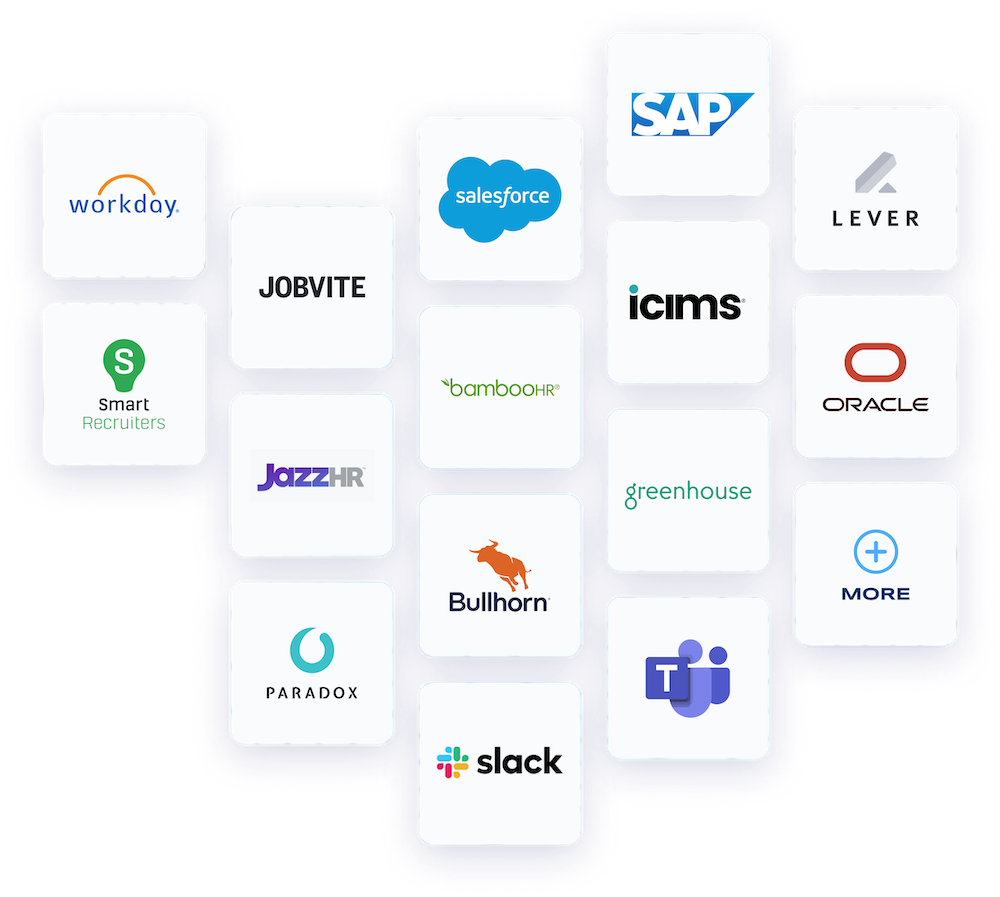

Crosschq Blog
5 key takeaways from the ‘Taking the Manual Out of Background Checking’ webinar

Key Takeaway #1: Background checks only highlight what a person has done, but other data is needed to discover who a person is.
- Jason Morris, Managing Partner at The Morris Group: “Companies need to know if they’re hiring a toxic employee, or an employee that’s going to negatively affect their brand.”
- Darrin Lipscomb, Founder and CEO at Ferretly: “70% of employers use social media to screen candidates, and 57% of employers said that they found something in a candidate’s social media that caused them not to hire the candidate.”
- Mike Fitzsimmons, Founder and CEO at Crosschq: “The reality is that close to 50% of new hires don’t last 18 months and are deemed as mishires by organizations even after billions of dollars are spend on pre-hire screens.”
Key Takeaway #2: You can’t fully remove humans from the verification process, but software can allow for scale while reducing errors and reducing bias.
- Nick Macario, Founder and CEO at Verifiable: “There’s certainly situations where you need someone manually running verifications and making a judgement call, but automation of a primary source license verification (for healthcare providers) as an example is extracting data from a source, using a machine which leaves zero room for human error in that process.”
- Darrin Lipscomb: “You still need humans involved, both on the front end as part an identify resolution process and then on the back end to analyze the output of the AI. But really it’s about replacing the manual drudgery of trying to perform any kind of reasonable analysis on a candidates social media without skimming, cutting corners, or ignoring certain networks or non-1st party interactions.”
- Mike Fitzsimmons: “Getting systems to talk to each other, getting multiple technologies integrated into workflows is easier than it has been and creates real world efficiencies and time savings. For Crosschq, what was a 3 or 4 hour reference gathering process is now done in 2 minutes.”
Key Takeaway #3: Candidate intelligence is impactful beyond hiring decisions when it’s tied to post-hire outcomes.
- Mike Fitzsimmons: “Access to data has to be available. Connecting post-hire data around employee tenure, performance and engagement showcases the quality of that hire, and pushing it into our AI platform lets the machine identify what pre-hire assessment information is truly an indicator of post-hire success.”
- Darrin Lipscomb: “Machine learning algorithms can validate what is an acceptable level of risk in a candidate based on their profile, and with post-hire performance can flip that to predict what a candidates probability for success.
Key Takeaway #4: Hiring teams are trending away from criminal records as a factor in hiring decisions.
- Jason Morris: “Companies are always going to order criminal record searches from CRAs. But their application from the employer side is going to become less and less important and we’re already seeing that. We’re seeing that in EOC guidance. We’re seeing that in plaintiff suits. Minorities have a higher rate of criminal records, therefore if you’re disqualifying candidates because of criminal records, you’re unfairly disqualifying minorities. So what else can you do? Find peers or mentors or managers and ask if they would recommend them for hire them, is this somebody that would be good for my company. It’s that simple.
- Mike Fitzsimmons: “Companies need to look for screen-in products rather than screen-out products which is traditionally what CRA’s have been. Using human intelligence further up in the hiring funnel removes bias which allows a more diverse set of candidates.”
Key Takeaway #5: There is budget for new screening tools even with the cost of background and verification checks becoming more expensive.
- Nick Macario: “Among end users, yes, because the money is being already (allocated and being) spent and we’re not creating new use cases here. We, and all of the companies here, are creating more efficiencies is existing processes while doing it in a more cost-effective way.”
- Jason Morris: “The buyer for screening tools isn’t solely HR anymore. Hiring managers use the data to help with onboarding. Finance and risk management or security teams use the data to build business plans. This comes back to tying the data back to business outcomes. In this case, the tools aren’t only solving one thing, they have multiple use cases which more than justifies the budget and creates greater efficiencies which leads to more time being freed up for multiple teams to take on more strategic initiatives.”
Bonus Takeaway: What background check or verification processes can be automated right now?
- Crosschq: Reference checking
- Ferretly: Social media monitoring
- Verifiable: Credentialing
Newsletter Sign Up

by Chris Drake
Crosschq, Head of Data
File Under
Take the Guesswork
Out of Hiring
Schedule a demo now



%20-200x43.png)





